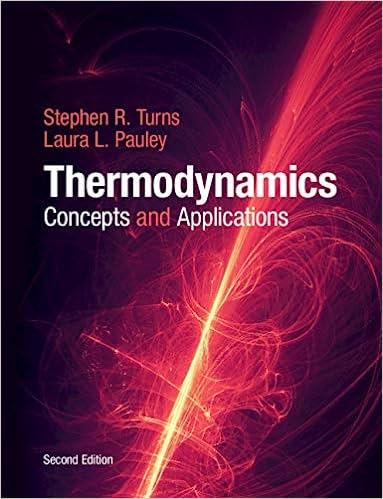 Can you just answer the question without explanation
Can you just answer the question without explanation
184 MAATKKIALS IN TODAY'S WORID 12. Sintering is a process by which (i) atoms are moved bward the middle of a grain (b) surface cracks are removed (c) the surface of a matnrial is placed under compression (d) impurities are removed from a material (e) ceramie particles are joined at lemperatures lower then doir meltisz points 13. Which type of bonds in a material would most likely yield the largest thermal expansion?. (a) covalent (b) metallie (c) van der Waals (d) ionic (c) bond type does not affect themal expansion 14. Sodium ions in glass are bonded to oxygen atoms by bonds. (a) covalent (b) hydrogen (c) van der Waals (d) ionic (c) metallic 15. All of the following are true of glass ceramics except (a) very small grains (b) low porosity (c) high strengtb (d) hight thermal expansion (d) high themal shock resistance 16-25. At absolute zero temperature, the atoins in a matcial ase stationary and in fivod positions. When the material is beated from this temperature, the atoms move In16 material, in particular on 18 . In metals the energy is carried by 19 in ceramics by 20 ; and in polymers by The best insulating materials are the 22 , but they are not useful at high temperatures. such as you would find in your furnace because they 23 . We can greatly improve the insulating properties by incorporating some 24 into the material. Space shutule tiles are good insulators which use this principle. The material they are made from is 25 -16. (a) further apart (b) more rapidly (c) to form vacancies (d) from a fixed position (e) all of these 17. (a) becomes amorphous (b) expands (c) bends (d) shrinks (c) decomposes 18. (a) its crystal structure (b) the types of atoms (c) the bonding (d) its microstructure (c) its dimensions 19. (a) phonons (b) photons (c) free electrons (d) atom collisions (e) protons 20. (a) phonons (b) photons (c) electrons (d) atom collisions ( c ) electron boles 21. (a) phonons (b) electron holes (c) electrons (d) atom collisions (c) protons 22. (a) ceramics (b) semiconductors (c) polymers (d) glasses (c) metais 23. (a) become brittie (b) decompose (c) are flammable (d) become conductive (c) all four are true 24. (a) precipitatos (b) air pockets (c) point defects (d) larger atoms (c) fibers 25. (a) silicon (b) silica (c) titanium (d) a silicate (c) silicone 26. Which of the following is the worst conductor of heat? a) air b) fiberglass insulation c), an iron pot d) a stainless steel pot e) a vacuum
 Can you just answer the question without explanation
Can you just answer the question without explanation 





